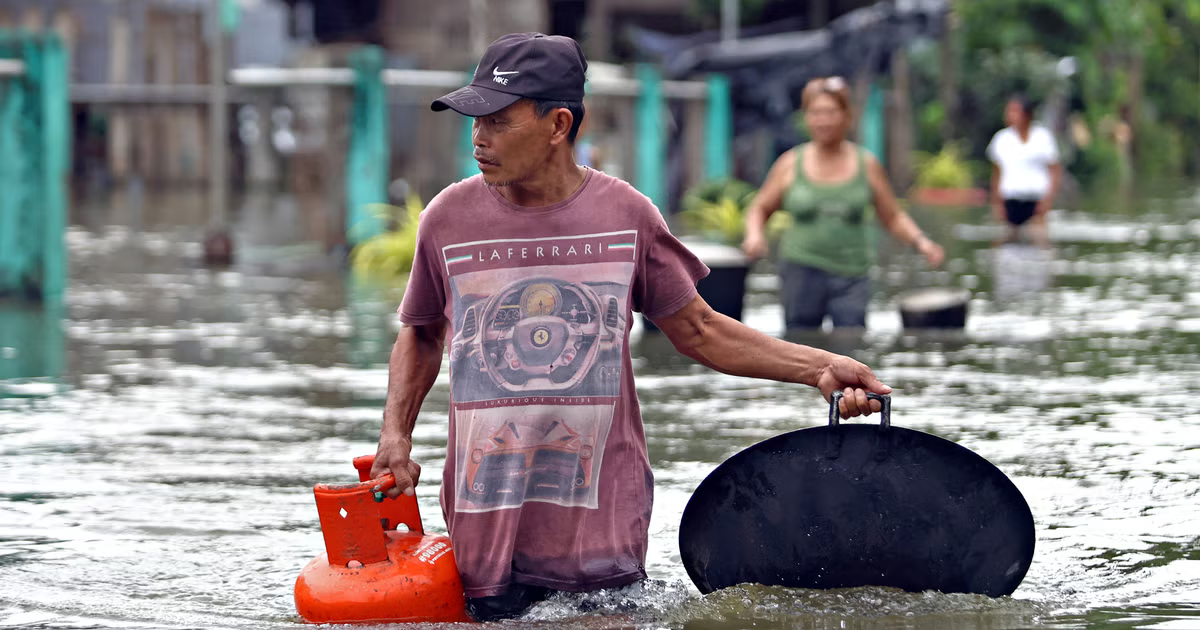The Philippines is bracing for yet another hammering from nature as Typhoon Fung-wong barrels in.
It has prompted the evacuation of more than 900,000 people.
Are residents ever truly ready for storms like this? Fung-wong, or Uwan locally, has been upgraded to a super typhoon.
It is packing winds of 185 km/h (115 mph) and gusts up to 230 km/h (143 mph).
The eastern Bicol region felt the first lash on Sunday morning, while Luzon, home to millions, is bracing for an evening impact.
Just days ago, Typhoon Kalmaegi tore through the same areas, leaving nearly 200 dead and swathes of destruction.
Schools have moved classes online, nearly 300 flights are grounded.
Typhoon Forces Evacuations
Authorities are warning of flooding and landslides as 100–200mm of rain is expected across Metro Manila.
In Catanduanes, winds have already reached extreme levels, and residents are being urged to move to higher ground.
At a deserted hotel in Aurora, worker Hagunoy stayed behind to secure property before heading home.
Local shelters filled with families seeking safety.
“We decided to evacuate because the recent typhoon brought floods in our area, and now I just want to keep my family safe,” said Norlito Dugan.

The Philippines sits in one of the world’s most cyclone-prone regions, with around 20 tropical storms forming annually.
Experts warn that warmer oceans fueled by climate change may not increase the number of storms.
They can make them stronger and wetter, raising the stakes for vulnerable communities.
When it comes to typhoons, the question is never if, but how bad will it be this time?





